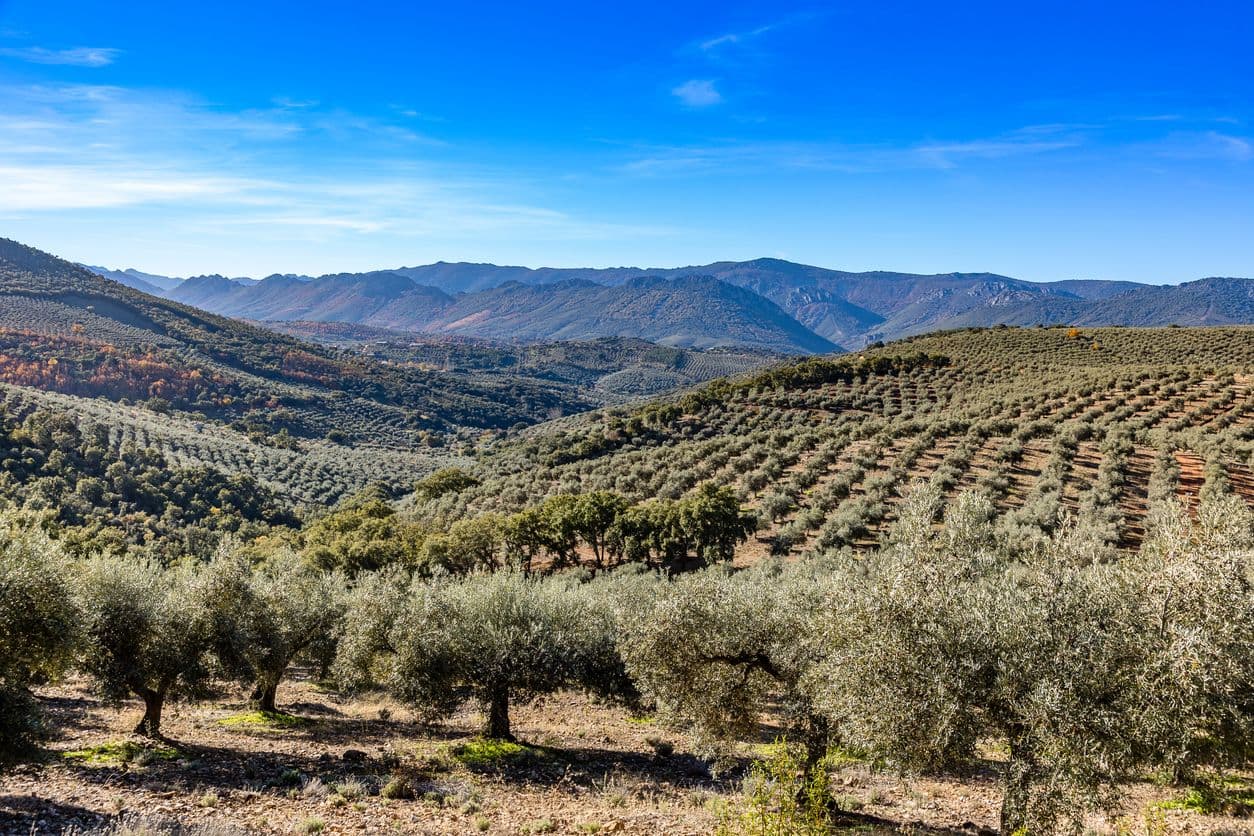Spain's olive groves, producers of the world's renowned "green gold," are facing an unprecedented challenge. For the past several years, prolonged drought and intense heatwaves have severely impacted the olive harvest. The dramatically reduced yields in 2023 and 2024 have been felt globally, leading to record high prices for olive oil. For the farmers whose livelihoods depend on these ancient trees, the changing climate has rendered traditional agricultural calendars obsolete. The core difficulty lies in managing finite resources, particularly water, in an environment where historical weather patterns no longer apply. To navigate this new reality, access to precise, real-time environmental data is becoming essential for survival.
The Challenge Below the Surface
An olive farmer's most critical decisions revolve around soil health and irrigation. In a time of severe water scarcity, every drop counts. Historically, farmers relied on experience and seasonal norms to determine when to water their groves. Today, a week of scorching sun might be followed by an unexpected downpour, making instinct an unreliable guide. The condition of the topsoil can be misleading; it might appear dry and cracked while sufficient moisture remains deeper down where the olive tree’s roots draw their nourishment.
This is where a deeper level of environmental intelligence becomes invaluable. To make truly efficient irrigation decisions, a grower needs to understand the conditions below the ground. By accessing data on soil moisture and temperature at various depths, a farmer can move from a reactive to a proactive water management strategy. An application providing this information, built using the OpenWeather for Agriculture Collection, could offer a clear view of the subterranean environment. Part of this collection is the Agro Dashboard. This is a visual service that helps you to monitor your field states over the year. It covers nearly any territory where agricultural activities are possible. The service is based on the Agro APIs that operate with satellite imagery and weather data along with advanced machine learning technologies. For example, the dashboard could display soil moisture at 10cm and 40cm depths. This would allow a farmer to see that even if the surface is dry, there is adequate moisture at the root level, making it possible to postpone irrigation, conserve precious water, and reduce stress on the trees.
Planning the Week with Confidence
Beyond the critical need for water management, the day-to-day operations of an olive farm are also profoundly influenced by the weather. The timing for applying organic treatments to protect against pests, for pruning, and most importantly, for scheduling the harvest itself, depends on the immediate forecast. Harvesting during a rainy period can negatively affect the quality of the olives and the resulting oil. Likewise, applying treatments just before a downpour can wash them away, wasting time and resources.
Reliable medium-term forecasts provide the foresight needed for effective planning. Knowing the expected temperature, humidity, and probability of precipitation for the upcoming week allows farm managers to organize labour and logistics with much greater certainty. An 8-day forecast, which can be integrated into planning tools via the One Call API 3.0, is particularly useful. A grower can identify a clear, dry window several days in advance, ensuring the harvest can proceed under optimal conditions. This level of planning helps maximize both the yield and the quality of the oil, which is fundamental to the farm's economic viability. In addition, the OpenWeather Advanced Meteorological Service delivers clear, actionable weather data tailored to your specific requirements, no matter where you are in the world.
A Toolkit for Agricultural Resilience
The combination of deep soil analytics and reliable atmospheric forecasting provides a powerful toolkit for modern agriculture. This data-driven approach allows individual farmers to make smarter, more sustainable decisions. It also has the potential to support larger government and community initiatives aimed at improving water conservation and agricultural resilience across entire regions. By equipping growers with precise environmental insights, these programs can foster a more secure future for this vital industry.
A farmer empowered with this data can fine-tune their operations based on key metrics. The most impactful data points for an olive grower include:
- Soil moisture content at multiple depths to guide irrigation schedules.
- Soil temperature to monitor root health and nutrient absorption.
- Multi-day forecasts for the probability of precipitation to plan fieldwork.
- Daily temperature and humidity trends to anticipate pest pressure and harvest conditions.
While the climate presents a formidable challenge, it also drives innovation. By embracing technology and integrating detailed environmental data into their practices, Spain's olive growers have a clear path to adapt. These tools do not change the weather, but they provide the crucial intelligence needed to navigate its effects, ensuring that the country's treasured "green gold" can thrive for generations to come.
